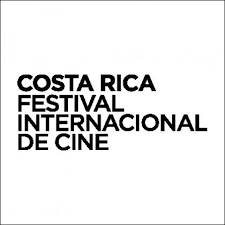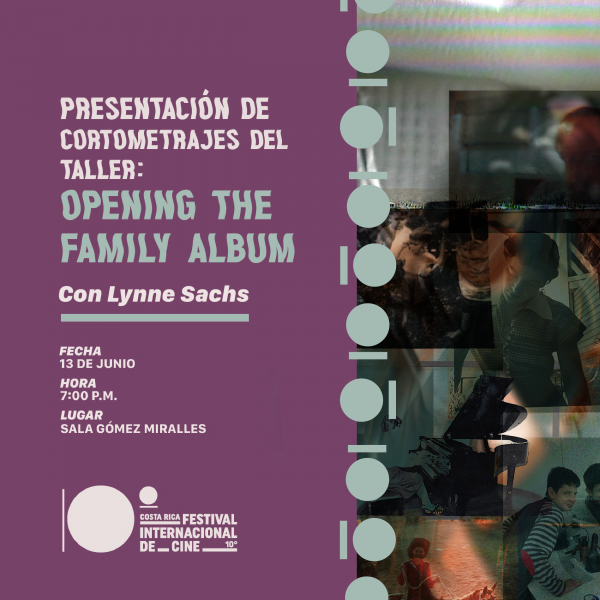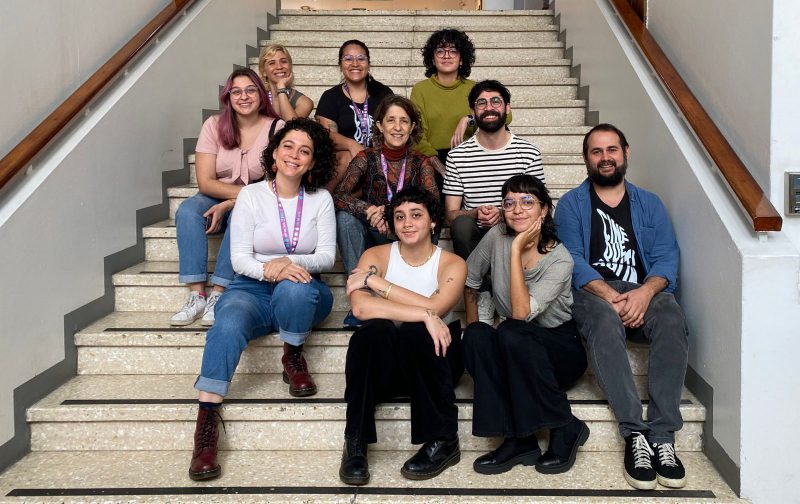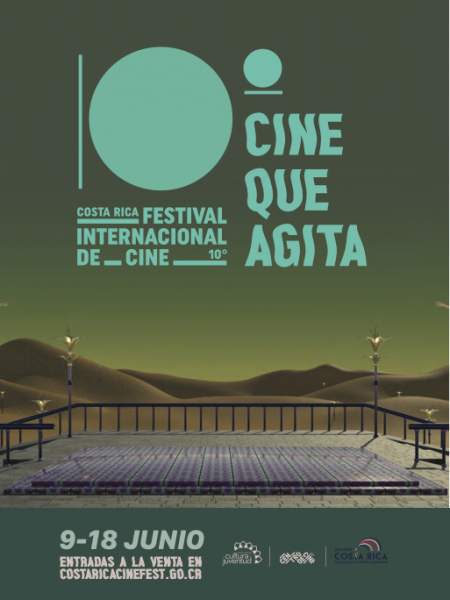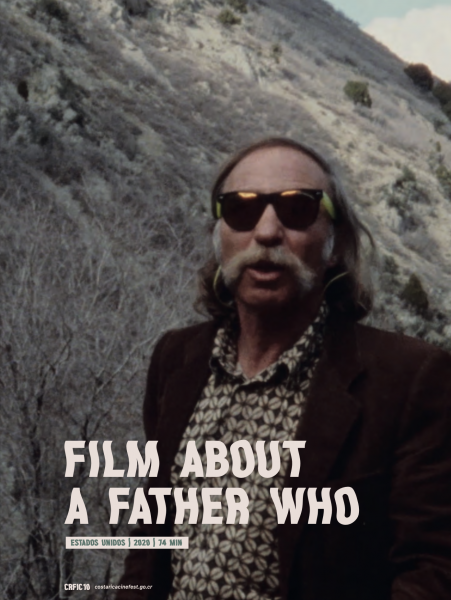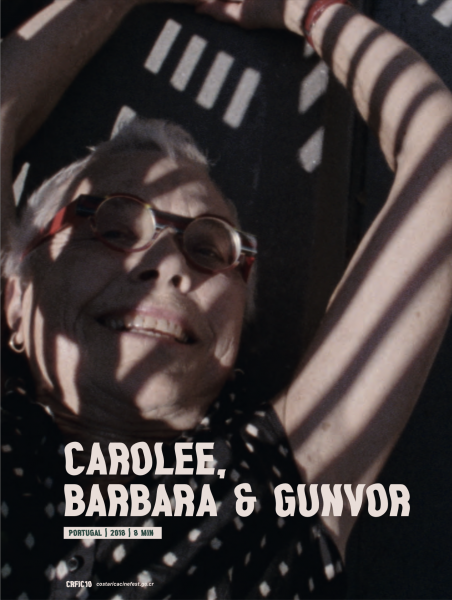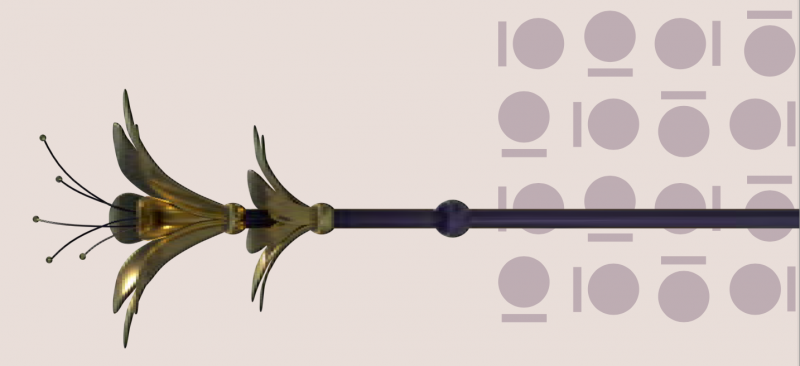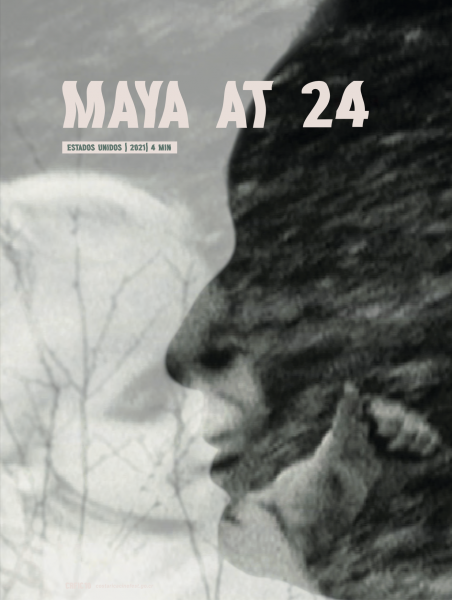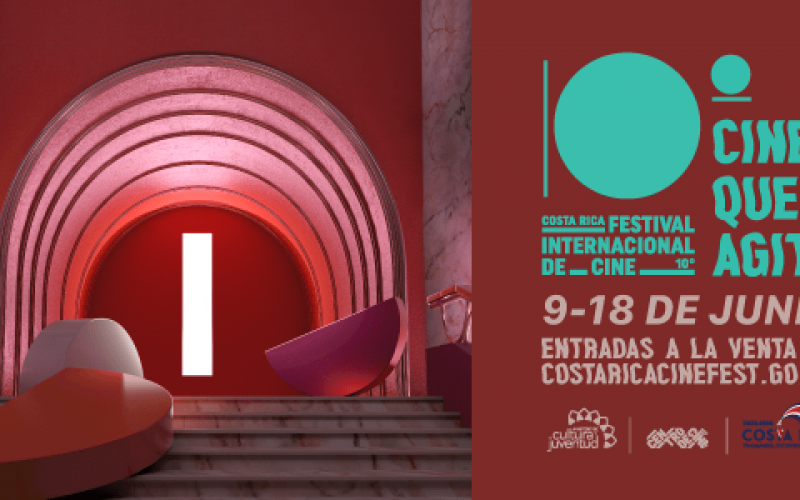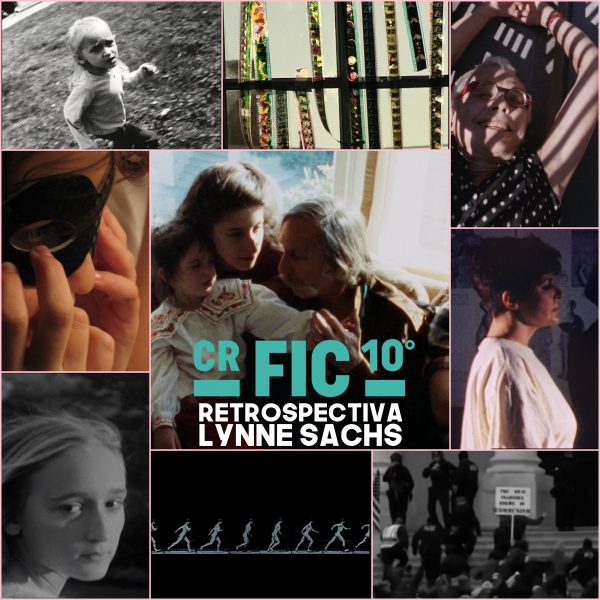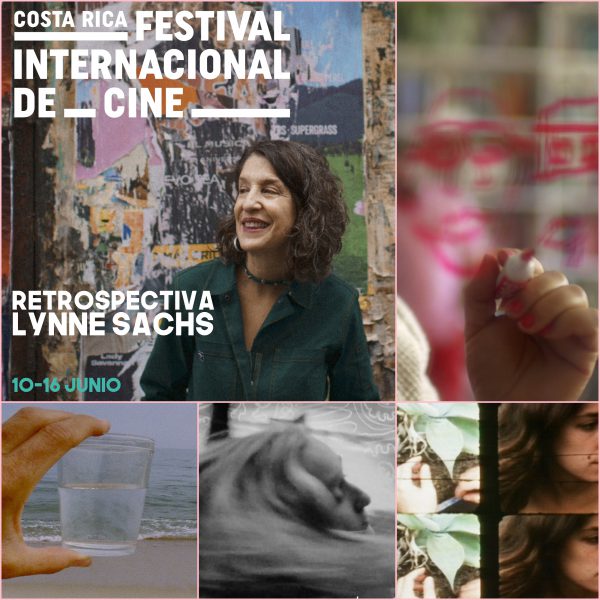
Film Academy Invites 397 People to Become Members, Including Billie Eilish, Jamie Dornan, Dana Walden and Leonard Maltin
The Hollywood Reporter
By Scott Feinberg
June 28, 2022
https://www.hollywoodreporter.com/movies/movie-news/oscars-2022-new-academy-members-1235173080/
According to an Academy-provided breakdown of the new invitees, 44 percent are women, 37 percent are non-white and 50 percent are non-Americans (54 different countries are represented).
The Academy of Motion Picture Arts and Sciences has invited 397 members of the global film community to join the organization, it was announced Tuesday.
Among those who will henceforth be able to vote for the Oscar nominations and winners if they accept, as the vast majority of people who have received invites historically have: newly-minted Oscar winners Billie Eilish and Finneas O’Connell (music branch) and Ariana DeBose and Troy Kotsur (actors); Paramount chief Brian Robbins and Disney general entertainment chief Dana Walden (executives); and film critic Leonard Maltin (members-at-large).
According to an Academy-provided breakdown of the new invitees, 44 percent are women, 37 percent are non-white and 50 percent are non-Americans (54 different countries are represented). If they all accept, the Academy’s overall membership will be 34 percent female, 19 percent non-white and 23 percent non-American.
Seven branches invited more women than men (actors, casting directors, costume designers, documentary, makeup artists/hairstylists, marketing/public relations and producers); three branches invited more non-whites than whites (actors, directors and documentary); and nine branches invited more non-Americans than Americans (actors, casting directors, cinematographers, costume designers, directors, makeup artists/hairstylists, producers, short films/feature animation and visual effects).
This year’s list of invites is two longer than last year’s, which was, by far, the smallest since the #OscarsSoWhite uproar prompted a massive expansion of the organization. The most invites came from the short films/feature animation branch (41), followed by the documentary branch (38) and the actors branch (30).
Other notable names invited to join the Academy this year include 2021 standout actors Caitriona Balfe and Jamie Dornan (Belfast), Jessie Buckley (The Lost Daughter), Gaby Hoffmann (C’mon C’mon), Robin de Jesus (Tick, Tick … Boom!), Vincent Lindon (Titane), Jesse Plemons and Kodi Smit-McPhee (The Power of the Dog) and Anya Taylor-Joy (Last Night in Soho); director Reinaldo Marcus Green (King Richard); documentarians Traci A. Curry (Attica) and Ben Proudfoot (The Queen of Basketball); producers Tim White and Trevor White (King Richard); and writers Zach Baylin (King Richard) and Jeremy O Harris (Zola),
Veteran entertainment industry figures who received invitations not tied to a specific recent projects include Sheryl Lee Ralph (actors); Amy Seimetz (directors); Scott Foundas (executives); Craig Mazin, Alex Ross Perry and Katie Silberman (writers); and George Drakoulias (members-at-large).
Among those invited to join the marketing and public relations branch were DDA chief Dana Archer, Amazon awards chief Debra Birnbaum, international features specialist Tatiana Detlofson, personal reps Sheri Goldberg and Jessica Kolstad, Magnolia Pictures publicity chief George Nicholis, Apple TV+ awards chief Gina Pence (who was central to CODA‘s winning Oscar campaign), Focus Features’ executive vp publicity Stephanie Phillips, Shelter PR evp awards and events Jerry Rojas and Netflix’s US publicity chief Michelle Slavich.
Several people were invited to join multiple branches and will have to select one, including: Drive My Car‘s Ryusuke Hamaguchi (directors/writers), CODA‘s Sian Heder (directors/writers) and Flee‘s Jonas Poher Rasmussen (directors/documentary)
A full list of those invited to join the Academy follows.
Actors
Funke Akindele – “Omo Ghetto: The Saga,” “Jenifa”
Caitríona Balfe – “Belfast,” “Ford v Ferrari”
Reed Birney – “Mass,” “Changeling”
Jessie Buckley – “The Lost Daughter,” “I’m Thinking of Ending Things”
Lori Tan Chinn – “Turning Red,” “Glengarry Glen Ross”
Daniel K. Daniel – “The Fugitive,” “A Soldier’s Story”
Ariana DeBose – “West Side Story,” “The Prom”
Robin de Jesús – “tick, tick…BOOM!,” “The Boys in the Band”
Jamie Dornan – “Belfast,” “Barb & Star Go to Vista Del Mar”
Michael Greyeyes – “Wild Indian,” “Woman Walks Ahead”
Gaby Hoffmann – “C’mon C’mon,” “Wild”
Amir Jadidi – “A Hero,” “Cold Sweat”
Kajol – “My Name Is Khan,” “Kabhi Khushi Kabhie Gham…”
Troy Kotsur – “CODA,” “The Number 23”
Vincent Lindon – “Titane,” “The Measure of a Man”
BarBara Luna – “The Concrete Jungle,” “Five Weeks in a Balloon”
Aïssa Maïga – “The Boy Who Harnessed the Wind,” “Mood Indigo”
Selton Mello – “My Hindu Friend,” “Trash”
Olga Merediz – “In the Heights,” “Adrift”
Sandra Kwan Yue Ng – “Echoes of the Rainbow,” “Portland Street Blues”
Hidetoshi Nishijima – “Drive My Car,” “Cut”
Rena Owen – “The Last Witch Hunter,” “The Dead Lands”
Jesse Plemons – “The Power of the Dog,” “Judas and the Black Messiah”
Sheryl Lee Ralph – “Sister Act 2: Back in the Habit,” “The Distinguished
Gentleman”
Renate Reinsve – “The Worst Person in the World,” “Welcome to Norway”
Marco Rodriguez – “El Chicano,” “Unspeakable”
Joanna Scanlan – “After Love,” “Notes on a Scandal”
Kodi Smit-McPhee – “The Power of the Dog,” “Let Me In”
Suriya – “Jai Bhim,” “Soorarai Pottru”
Anya Taylor-Joy – “The Northman,” “Last Night in Soho”
Casting Directors
Rich Delia – “King Richard,” “The Disaster Artist”
Elodie Demey – “Happening,” “Summer of 85”
Yngvill Kolset Haga – “The Worst Person in the World,” “One Night in Oslo”
Louise Kiely – “The Green Knight,” “Sing Street”
Meagan Lewis – “Blast Beat,” “Free State of Jones”
Karen Lindsay-Stewart – “Marie Antoinette,” “Harry Potter and the
Sorcerer’s Stone”
Juliette Ménager – “A Bag of Marbles,” “As Above/So Below”
Kate Ringsell – “The Lost City of Z,” “Justice League”
Toby Whale – “Dunkirk,” “The History Boys”
Cinematographers
Ava Berkofsky – “The Sky Is Everywhere,” “Free in Deed”
Josh Bleibtreu – “Dark Phoenix,” “Shazam!”
Alice Brooks – “In the Heights,” “tick, tick…BOOM!”
Daria D’Antonio – “The Hand of God,” “Ricordi?”
Mike Eley – “The Duke,” “Woman Walks Ahead”
Sturla Brandth Grøvlen – “The Innocents,” “Another Round”
Ruben Impens – “Titane,” “Beautiful Boy”
Shabier Kirchner – “Small Axe,” “Bull”
Martin Ruhe – “The Tender Bar,” “The Midnight Sky”
Kasper Tuxen – “The Worst Person in the World,” “Riders of Justice”
Costume Designers
Joan Bergin – “The Prestige,” “In the Name of the Father”
Antonella Cannarozzi – “A Five Star Life,” “I Am Love”
Andrea Flesch – “Midsommar,” “Colette”
Lizzy Gardiner – “Hacksaw Ridge,” “The Adventures of Priscilla, Queen of the Desert”
Dorothée Guiraud – “Murder Party,” “French Tech”
Suzie Harman – “The Personal History of David Copperfield,” “Extinction”
Tatiana Hernández – “The Japon,” “Lope”
Louise Stjernsward – “Made in Italy,” “The Mercy”
Elisabeth Tavernier – “The Man in the Basement,” “Tanguy Is Back”
Paul Tazewell – “West Side Story,” “Harriet”
Mitchell Travers – “The Eyes of Tammy Faye,” “Hustlers”
Directors
Newton Aduaka – “One Man’s Show,” “Ezra”
Andrew Ahn – “Fire Island,” “Spa Night”
Bruno Villela Barreto – “Four Days in September,” “The Kiss”
Mariano Barroso – “Ants in the Mouth,” “Ecstasy”
Rolf de Heer – “Charlie’s Country,” “Bad Boy Bubby”
Jeferson Rodrigues de Rezende – “The Malê Revolt,” “Bróder!”
Pawo Choyning Dorji* – “Lunana: A Yak in the Classroom”
Blessing Egbe – “African Messiah,” “Iquo’s Journal”
Briar Grace-Smith – “Cousins ,” “Waru”
Reinaldo Marcus Green – “King Richard,” “Monsters and Men”
Ryusuke Hamaguchi* – “Drive My Car,” “Wheel of Fortune and Fantasy”
Sian Harries Heder* – “CODA,” “Tallulah”
Gil Kenan – “City of Ember,” “Monster House”
Amanda Kernell – “Charter,” “Sami Blood”
Mary Lambert – “The In Crowd,” “Pet Sematary II”
Blackhorse Lowe – “Chasing the Light,” “5th World”
Nalin Pan – “Last Film Show,” “Samsara”
Jonas Poher Rasmussen* – “Flee,” “Searching for Bill”
Isabel Sandoval – “Lingua Franca,” “Apparition”
Amy Seimetz – “She Dies Tomorrow,” “Sun Don’t Shine”
Rachel Talalay – “A Babysitter’s Guide to Monster Hunting,” “Tank Girl”
Documentary
Julie Anderson – “God Is the Bigger Elvis,” “Arthur Ashe: Citizen of the World”
Susan Bedusa – “Procession,” “Bisbee ’17”
Opal H. Bennett – “A Broken House,” “Águilas”
Shane Boris – “Stray,” “The Edge of Democracy”
Joe Cephus Brewster – “American Promise,” “Slaying Goliath”
Ellen Bruno – “Satya: A Prayer for the Enemy,” “Samsara: Death and Rebirth in Cambodia”
Traci A. Curry – “Attica,” “Boss: The Black Experience in Business”
Jason DaSilva – “When We Walk,” “When I Walk”
Emílio Domingos – “Favela Is Fashion,” “L.A.P.A.”
Sushmit Ghosh – “Writing with Fire,” “Timbaktu”
Lyn Goldfarb – “Eddy’s World,” “With Babies and Banners: Story of the Women’s Emergency Brigade”
Susanne Guggenberger – “Blue Note Records: Beyond the Notes,” “The Beekeeper and His Son”
Cristina Ibarra – “The Infiltrators,” “Las Marthas”
Oren Jacoby – “On Broadway,” “Sister Rose’s Passion”
Isaac Julien – “Derek,” “Frantz Fanon: Black Skin White Mask”
Deborah Kaufman – “Company Town,” “Blacks and Jews”
Firouzeh Khosrovani – “Radiograph of a Family,” “Fest of Duty”
Jessica Kingdon – “Ascension,” “Commodity City”
Mehret Mandefro – “How It Feels to Be Free ,” “Little White Lie”
Mary Manhardt – “Learning to Skateboard in a Warzone (If You’re a Girl),”
“Racing Dreams”
Amanda McBaine – “Boys State,” “The Overnighters”
Peter Jay Miller – “Crisis Hotline: Veterans Press 1,” “Into the Arms of Strangers: Stories of the Kindertransport”
Elizabeth Mirzaei – “Three Songs for Benazir,” “Laila at the Bridge”
Gulistan Mirzaei – “Three Songs for Benazir,” “Laila at the Bridge”
Bob Moore – “Dope Is Death,” “China Heavyweight”
Omar Mullick – “Footprint,” “These Birds Walk”
Mohammed Ali Naqvi – “Insha’Allah Democracy,” “Among the Believers”
Sierra Pettengill – “Riotsville, USA,” “The Reagan Show”
Ben Proudfoot – “The Queen of Basketball,” “A Concerto Is a Conversation”
Jonas Poher Rasmussen* – “Flee,” “Searching for Bill”
Gabriel Rhodes – “The First Wave,” “Time”
Lynne Sachs – “Film about a Father Who,” “Investigation of a Flame”
Brett Story – “The Hottest August,” “The Prison in Twelve Landscapes”
Thorsten Thielow – “The First Wave,” “Mayor Pete”
Rintu Thomas – “Writing with Fire,” “Dilli”
Nathan Truesdell – “Ascension,” “Balloonfest”
Jenni Wolfson – “Pray Away,” “One Child Nation”
Jialing Zhang – “In the Same Breath,” “One Child Nation”
Executives
Steve Asbell
Carole Baraton
Steven Bardwil
Jeff Blackburn
Liesl Copland
Kareem Daniel
Eva Diederix
Scott Foundas
Brenda Gilbert
Joshua Barnett Grode
Gene Yoonbum Kang
Jenny Marchick
Ori Joseph Marmur
Anna Marsh
Katherine Oliver
Joel Pearlman
Elizabeth Polk
Louie Provost
Amber Rasberry
Brian Robbins
Marc Schaberg
Ron Schwartz
Aditya Sood
Frederick Tsui
Dana Walden
Clifford Werber
Film Editors
Geraud Brisson – “CODA,” “Dark Hearts”
Olivier Bugge Coutté – “The Worst Person in the World,” “Thelma”
Shannon Baker Davis – “The Obituary of Tunde Johnson,” “The Photograph”
Billy Fox – “Dolemite Is My Name,” “Hustle & Flow”
Myron Kerstein – “tick, tick…BOOM!,” “Crazy Rich Asians”
Jeremy Milton – “Encanto,” “Zootopia”
Úna Ní Dhonghaíle – “Belfast,” “Stan & Ollie”
Heike Parplies – “Invisible Life,” “Toni Erdmann”
Joshua L. Pearson – “Summer of Soul (…Or, When the Revolution Could Not Be Televised),” “What Happened, Miss Simone?”
Peter Sciberras – “The Power of the Dog,” “The King”
Aljernon Tunsil – “Attica,” “The Black Panthers: Vanguard of the Revolution”
Azusa Yamazaki – “Drive My Car,” “Asako I & II”
Makeup Artists and Hairstylists
Jacenda Burkett – “King Richard,” “Concussion”
Nana Fischer – “Encounter,” “The Lost City of Z”
Sean Flanigan – “The Many Saints of Newark,” “The Irishman”
Massimo Gattabrusi – “Loving Pablo,” “Volver”
Stephanie Ingram – “The Eyes of Tammy Faye,” “It”
Anna Carin Lock – “House of Gucci,” “Borg/McEnroe”
Heike Merker – “The Matrix Resurrections,” “Anonymous”
Stacey Morris – “Coming 2 America,” “Dolemite Is My Name”
Justin Raleigh – “The Eyes of Tammy Faye,” “Army of the Dead”
Kerrie Smith – “Motherless Brooklyn,” “John Wick”
Nadia Stacey – “Cruella,” “The Favourite”
Julia Vernon – “Cruella,” “Maleficent”
Wakana Yoshihara – “Belfast,” “Spencer”
Marketing
and Public Relations
Dana Archer
Debra Birnbaum
Tatiana Detlofson
Bethan Anna Dixon
Britta Gampper
Jane Gibbs
Sheri Goldberg
Jonathan Helfgot
Jessica Kolstad
Cortney Lawson
Vivek Mathur
George Nicholis
Stephanie Sarah Northen
Jodie Magid Oriol
Gina Pence
Stephanie Dee Phillips
Chrissy Quesada
Stuart Robertson
Jerry Rojas
Evelyn Santana
Sohini Sengupta
Michelle Slavich
James Verdesoto
Katrina Wan
Glen Erin Wyatt
Music
Billie Eilish Baird O’Connell – “No Time to Die”
Amie Doherty – “Spirit Untamed,” “The High Note”
Lili Haydn – “Strip Down, Rise Up,” “Broken Kingdom”
Leo Heiblum – “Maria Full of Grace,” “Frida”
Natalie Holt – “Fever Dream,” “Journey’s End”
Nathan Johnson – “Nightmare Alley,” “Knives Out”
Jacobo Lieberman – “Maria Full of Grace,” “Frida”
Ariel Rose Marx – “Shiva Baby,” “Rebel Hearts”
Hesham Nazih – “The Guest,” “Born a King”
Finneas O’Connell – “No Time to Die”
Dan Romer – “Luca,” “Beasts of the Southern Wild”
Nerida Tyson-Chew – “H Is for Happiness,” “Anacondas: The Hunt for the
Blood Orchid”
Producers
Mariela Besuievsky – “The Man Who Killed Don Quixote,” “The Secret in
Their Eyes”
Cale Boyter – “Dune,” “Pacific Rim Uprising”
Chad Burris – “Collisions,” “Drunktown’s Finest”
Damon D’Oliveira – “The Grizzlies,” “Love Come Down”
Luc Déry – “Gabrielle,” “Monsieur Lazhar”
Michael Downey – “Elvis Walks Home,” “Light Thereafter”
Yaël Fogiel – “Memoir of War,” “Latest News of the Cosmos”
Cristina Gallego – “Birds of Passage,” “Embrace of the Serpent”
Laetitia Gonzales – “Plot 35,” “Tournée”
Pauline Gygax – “With the Wind,” “My Life as a Zucchini”
Margot Hand – “Passing,” “Brittany Runs a Marathon”
Jojo Hui – “Better Days,” “Dearest”
Eva Jakobsen – “Miss Viborg,” “Godless”
Lucas Joaquin – “Mayday,” “Love Is Strange”
Lizette Jonjic – “12 Dares,” “Guerrilla”
Thanassis Karathanos – “The Man Who Sold His Skin,” “Tulpan”
Kim McCraw – “Drunken Birds,” “Incendies”
Sev Ohanian – “Run,” “Searching”
Christina Piovesan – “The Nest,” “Amreeka”
Natalie Qasabian – “Run,” “All about Nina”
Philippe Rousselet – “CODA,” “Source Code”
Sara Silveira – “Good Manners,” “Vazante”
James Stark – “Prayers for the Stolen,” “Mystery Train”
Riccardo Tozzi – “La Nostra Vita,” “Don’t Move”
Shih-Ching Tsou – “Red Rocket,” “The Florida Project”
Nadia Turincev – “The Insult,” The Boss’s Daughter”
Tim White – “King Richard,” “Ingrid Goes West”
Trevor White – “King Richard,” “LBJ”
Teruhisa Yamamoto – “Drive My Car,” “Wife of a Spy”
Olena Yershova – “Brighton 4th,” “Volcano”
Production
Design
François Audouy – “Ghostbusters: Afterlife,” “Ford v Ferrari”
Laura Ballinger Gardner – “The Irishman,” “Joker”
Chris Baugh – “Steve Jobs,” “Argo”
Ellen Brill – “Being the Ricardos,” “Bombshell”
Joanna Bush – “La La Land,” “Life of Pi”
Christina Cecili – “Cyrano,” “A Quiet Place”
John Coven – “The Lion King,” “Logan”
Carol Flaisher – “Wonder Woman 1984,” “Miss Sloane”
Sandy Hamilton – “tick, tick…BOOM!,” “Joker”
Ellen Lampl – “Spider-Man: No Way Home,” “Jurassic World”
Enrico Latella – “Tenet,” “All the Money in the World”
Steven Lawrence – “Death on the Nile,” “Cinderella”
Melissa Levander – “The Tender Bar,” “The High Note”
Drew Petrotta – “The Suicide Squad,” “Captain Marvel”
Jean-Vincent Puzos – “Jungle Cruise,” “Amour”
Maya Shimoguchi – “Ford v Ferrari,” “Men in Black 3”
Short Films and Feature Animation
Murad Abu Eisheh – “Tala’vision,” “Ta Hariri”
Olivier Adam – “Sing 2,” “Minions”
Michael Arias – “Harmony,” “Tekkonkinkreet”
Evren Boisjoli – “Fauve,” “What Remains”
Maria Brendle – “Ala Kachuu – Take and Run,” “The Stowaway”
Sean Buckelew – “Drone,” “Hopkins & Delaney LLP”
Olivier Calvert – “Bad Seeds,” “Animal Behaviour”
Enrico Casarosa – “Luca,” “La Luna”
Karla Castañeda – “La Noria (The Waterwheel),” “Jacinta”
Hugo Covarrubias – “Bestia,” “The Night Upside Down”
K.D. Dávila – “Please Hold,” “Emergency”
Charlotte De La Gournerie – “Flee,” “Terra Incognita”
Luc Desmarchelier – “The Bad Guys,” “Open Season”
Anton Dyakov – “Boxballet,” “Vivat Musketeers!”
Brian Falconer – “Saul & I,” “Boogaloo and Graham”
Youssef Joe Haidar – “Scoob!,” “Animated American”
Andy Harkness – “Vivo,” “Get a Horse!”
Pierre Hébert – “Thunder River,” “Memories of War”
Aneil Karia – “The Long Goodbye,” “Work”
Brooke Keesling – “Meatclown,” “Boobie Girl”
Nadine Lüchinger – “Ala Kachuu – Take and Run,” “Puppenspiel (Puppet
Play)”
Tadeusz Łysiak – “The Dress,” “Techno”
Joe Mateo – “Blush,” “Big Hero 6”
Sharon Maymon – “Skin,” “Summer Vacation”
Kathleen McInnis – “Mama,” “Downturn”
Yvett Merino – “Encanto,” “Wreck-It Ralph”
Alberto Mielgo – “The Windshield Wiper,” “Spider-Man: Into the Spider-
Verse”
Les Mills – “Affairs of the Art,” “The Canterbury Tales”
Jetzabel Moreno Hernández – “The Followers,” “Plums and Green Smoke”
Dan Ojari – “Robin Robin,” “Slow Derek”
Brian Pimental – “Tarzan,” “A Goofy Movie”
Mikey Please – “Robin Robin,” “The Eagleman Stag”
Erin Ramos – “Encanto,” “Frozen II”
Mike Rianda – “The Mitchells vs. the Machines”
Doug Roland – “Feeling Through,” “A Better Way”
Leo Sanchez – “The Windshield Wiper,” “Over the Moon”
Marc J. Scott – “The Boss Baby: Family Business,” “How to Train Your Dragon: The Hidden World”
Sarah Smith – “Ron’s Gone Wrong,” “Arthur Christmas”
Daniel Šuljić – “From Under Which Rock Did They Crawl Out,” “The Cake”
Conrad Vernon – “The Addams Family,” “Shrek 2”
Pamela Ziegenhagen-Shefland – “Abominable,” “The Emperor’s New Groove”
Sound
Douglas Axtell – “True Grit,” “I Am Sam”
Nerio Barberis – “Violeta al Fin,” “Find a Boyfriend for My Wife…Please!”
Amanda Beggs – “The Forever Purge,” “Finding ’Ohana”
Adrian Bell – “Mothering Sunday,” “Mamma Mia! Here We Go Again”
Joshua Berger – “King Richard,” “The Lost City of Z”
Paul (Salty) Brincat – “The Invisible Man,” “The Thin Red Line”
Tom Yong-Jae Burns – “Spider-Man: Into the Spider-Verse,” “Blade Runner
2049”
Benjamin A. Burtt – “Dolittle,” “Black Panther”
Simon Chase – “Belfast,” “Artemis Fowl”
Brian Chumney – “West Side Story,” “The Croods: A New Age”
Richard Flynn – “The Power of the Dog,” “Slow West”
Albert Gasser – “Straight Outta Compton,” “Dances With Wolves”
Lewis Goldstein – “In the Heights,” “Hereditary”
Theo Green – “Dune,” “Blade Runner 2049”
James Harrison – “No Time to Die,” “Captain Phillips”
John Hayes – “The King’s Man,” “Tom and Jerry”
Ruth Hernandez – “The United States vs. Billie Holiday,” “Brooklyn’s Finest”
Huang Zheng – “Better Days,” “Chongqing Hot Pot”
Thomas Huhn – “The Wife,” “White God”
David Husby – “Tomorrowland,” “Elf”
Allison Jackson – “Don’t Think Twice,” “Beasts of the Southern Wild”
Paul Ledford – “One Night in Miami,” “Logan”
Leff Lefferts – “Vivo,” “How to Train Your Dragon: The Hidden World”
Nancy MacLeod – “The Revenant,” “The Hunger Games”
Charles Maynes – “After Earth,” “Letters from Iwo Jima”
Alan Meyerson – “Dune,” “Inception”
Casey Stone – “Frozen,” “Tsotsi”
Edward Tise – “Into the Wild,” “Full Metal Jacket”
Jana Vance – “Cast Away,” “Saving Private Ryan”
Tara Webb – “The Power of the Dog,” “Mortal Kombat”
Waldir Xavier – “From Afar,” “Central Station”
Denise Yarde – “Belfast,” “Dumbo”
Visual Effects
Ivy Agregan – “India Sweets and Spices,” “Wakefield”
Geeta Basantani – “Spider-Man: No Way Home,” “Vivo”
Aharon Bourland – “Ghostbusters: Afterlife,” “Venom”
Ivan Busquets – “Malignant,” “The Irishman”
Joe Ceballos – “Skyscraper,” “Thor: Ragnarok”
Richard Anthony Clegg – “The Nutcracker and the Four Realms,” “Blade
Runner 2049”
Mark Curtis – “Sully,” “Spectre”
Markus Degen – “The King’s Man,” “Captain America: The Winter Soldier”
Jack Edjourian – “Top Gun: Maverick,” “Tenet”
Eric Enderton – “Shark Tale,” “Jurassic Park”
Marcos Fajardo Orellana – “Thor,” “Monster House”
Joel Green – “No Time to Die,” “The Kid Who Would Be King”
Earl Hibbert – “The Fate of the Furious,” “Guardians of the Galaxy”
Hayley Hubbard – “The Old Guard,” “Dumbo”
Maia Kayser – “Rango,” “Pirates of the Caribbean: At World’s End”
Garrett Lam – “Limbo,” “Shock Wave 2”
Jake Maymudes – “Dune,” “Terminator: Dark Fate”
Catherine Ann Mullan – “Dumbo,” “Maleficent”
Charlie Noble – “No Time to Die,” “Wonder Woman 1984”
J. Alan Scott – “Finch,” “The Lost World: Jurassic Park”
Tefft Smith – “Alice through the Looking Glass,” “Tomorrowland”
Alan Travis – “Black Widow,” “The Irishman”
Michael Van Eps – “Deepwater Horizon,” “Poseidon”
Sean Noel Walker – “Shang-Chi and the Legend of the Ten Rings,” “Black
Widow”
Vernon Wilbert – “Stealth,” “I, Robot”
Eric Jay Wong – “Avengers: Age of Ultron,” “Lucy”
Kevin Wooley – “Star Wars: The Rise of Skywalker,” “Jurassic World”
Wei Zheng – “Mank,” “The Curious Case of Benjamin Button”
Writers
Zach Baylin – “King Richard”
Henry Bean – “The Believer,” “Deep Cover”
Pawo Choyning Dorji* – “Lunana: A Yak in the Classroom”
Michael Grais – “Cool World,” “Poltergeist”
Ted Griffin – “Ocean’s Eleven,” “Ravenous”
Ryusuke Hamaguchi* – “Drive My Car,” “Wheel of Fortune and Fantasy”
Jeremy O Harris – “Zola”
Sian Harries Heder* – “CODA,” “Tallulah”
Mike Jones – “Luca,” “Soul”
Reema Kagti – “Gully Boy,” “Gold”
Adele Lim – “Raya and the Last Dragon,” “Crazy Rich Asians”
Craig Mazin – “Identity Thief,” “The Hangover Part II”
Margaret Nagle – “With/In,” “The Good Lie”
Takamasa Oe – “Drive My Car,” “Beautiful Method”
Alex Ross Perry – “Her Smell,” “Listen Up Philip”
Adam Rifkin – “Giuseppe Makes a Movie,” “Small Soldiers”
Jordan Roberts – “Big Hero 6,” “3, 2, 1…Frankie Go Boom”
Katie Silberman – “Booksmart,” “Isn’t It Romantic”
Randi Mayem Singer – “Tooth Fairy,” “Mrs. Doubtfire”
Jon Spaihts – “Dune,” “Doctor Strange”
Małgorzata Szumowska – “Never Gonna Snow Again,” “Elles”
Mark A. Victor – “Cool World,” “Poltergeist”
Members-at-Large
Keith Adams
Josiah Akinyele
Richard Berger
Andrew Birch
Andrew Cannava
George Drakoulias
Andrew Dunlap
Erin Dusseault
James Farrell
Valerie Flueger Veras
Andy Fowler
Glenn Kiser
Anne Lai
Susan Lazarus
Joe Machota
Leonard Maltin
Deborah McIntosh
Julia Michels
Daniel Rabinow
Ilda Santiago
Danie Streisand
Matt Sullivan
Anne Lajla Utsi
Matt Vioral
Michael Zink


